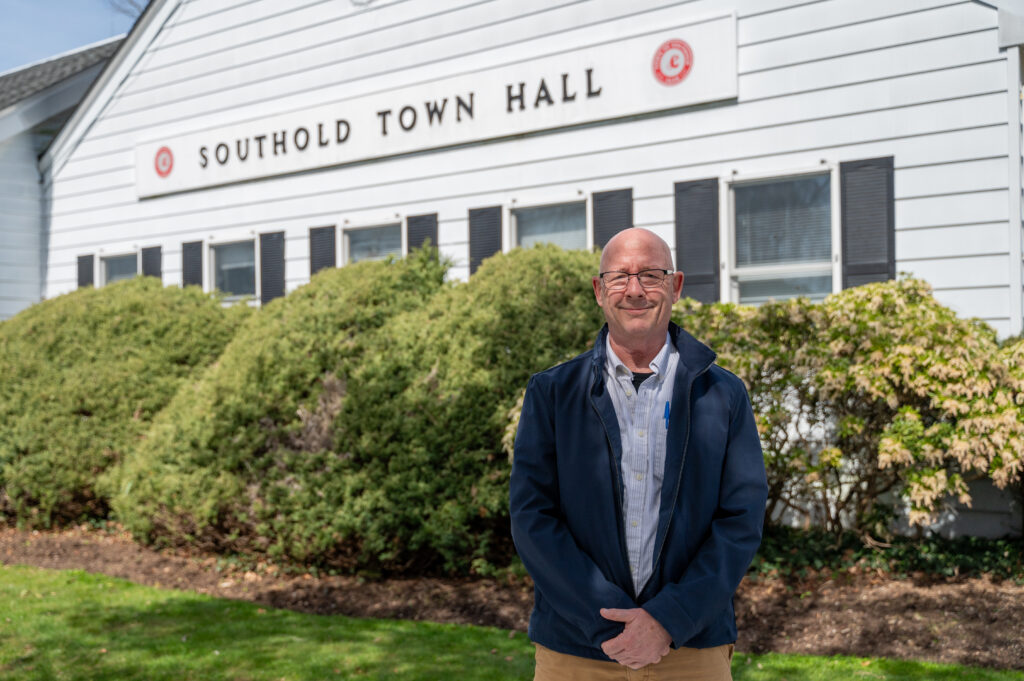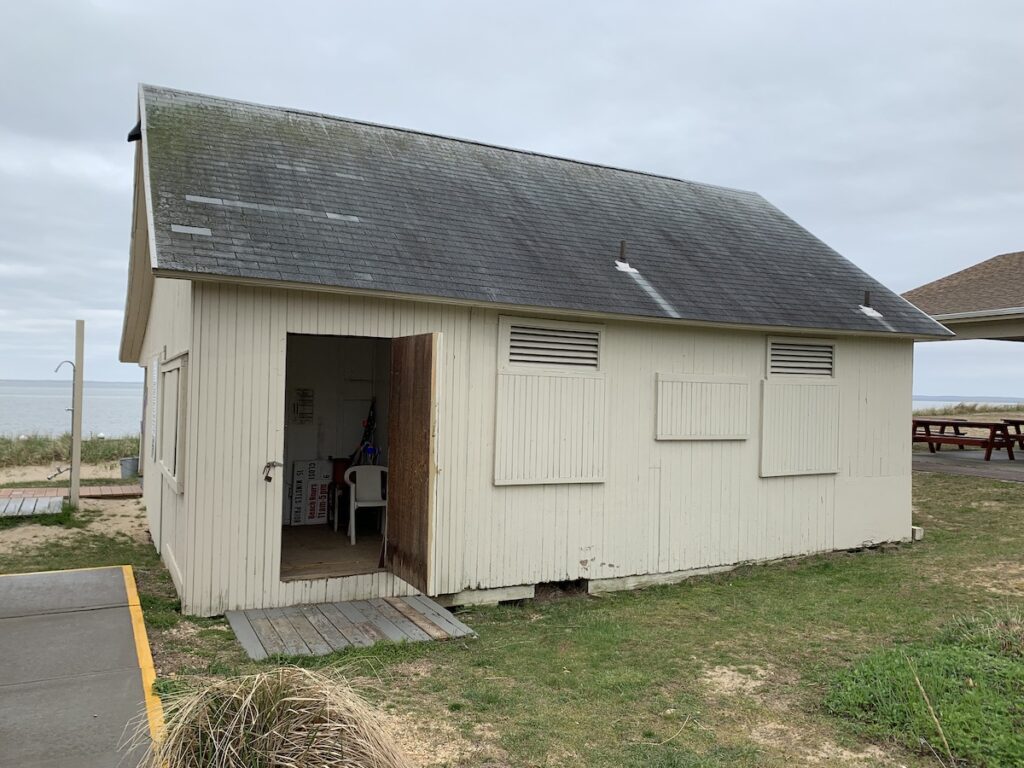Editorial: Water should be key factor in development decisions

A potentially game-changing issue was raised at a recent meeting of the Riverhead Town Planning Board that could have far-reaching ramifications for large-scale development there, as well as in Southold and the entire region.
With a number of large subdivisions in the application stages before that board, some officials have been asking whether there is enough water to supply them all.
As we reported in the Riverhead News-Review, “Riverhead Water District superintendent Frank Mancini and deputy town attorney Anne Marie Prudenti spoke before the Planning Board … discussing a proposal to make Planning Board approvals contingent on water availability.”
This is how Mr. Mancini characterized the issue: “Quality-wise, we’re perfectly fine. But volume-wise, we’ve been pushed to the maximum. We are a little stronger in the low zone, where downtown development occurs. But the real problem is in the high zone” — the northwest part of the town, including the Enterprise Park at Calverton.
While groundwater quality and quantity have long been critical issues on the North Fork, considering its availability as a key part of the review process for development is a relatively new idea. Yes, it’s been discussed before, but not in the direct way it was presented to Riverhead’s Planning Board.
“This is a very big issue and a very important one for the entire region,” said Suffolk Legislator Al Krupski (D-Cutchogue). His district stretches from Middle Island in Brookhaven Town to Fishers Island in Southold. “There’s no question quantity should be considered — that’s a vital question that has to be answered.”
In Southold, where rising water levels in Peconic Bay now routinely cause flooding of low-lying streets during some high-tide events unconnected to storms, the proliferation of oversized homes on small lots, saltwater intrusion and density are critical issues. Throw in concerns about water availability and the question of what kind of development Southold can handle becomes more complex and potentially more daunting for town officials.
“There will have to be code changes in the future covering this issue,” Mr. Krupski said..
He noted that homes across the region now routinely have automated sprinkler systems that consume enormous amounts of water. He also cited runoff, which sends water into creeks and bays rather than recharging the groundwater, as another critical issue.
Beyond that, Mr. Krupski pointed out that swimming pools are becoming more common, particularly with new home construction. A typical backyard pool — 15 feet by 30 feet, with depths running from three feet at the shallow end to six feet at the deep end — takes 13,500 gallons of water to fill.
As has been reported already, pool companies in Southold are having difficulty keeping up with the demand from many new residents who want backyard pools.
While potato farms have all but disappeared on the North Fork, agriculture and nurseries across the region still need large amounts of groundwater to stay viable. So planning officials in both towns also have that to consider as they weigh how much large-scale development our groundwater can accommodate.
What happened earlier this month before the Riverhead Planning Board has great potential to affect how both towns move forward on development and what kind of development the region can handle.
As Riverhead Planning Board chairman Stan Carey put it, “All the information we’ve been getting is that there’s a shortfall of the water supply in the Town of Riverhead. This puts us, as Planning Board members, in a tricky position when these projects come to us for approval.”
He’s right. Neither town can continue to entertain landscape-altering development without considering water supply.








